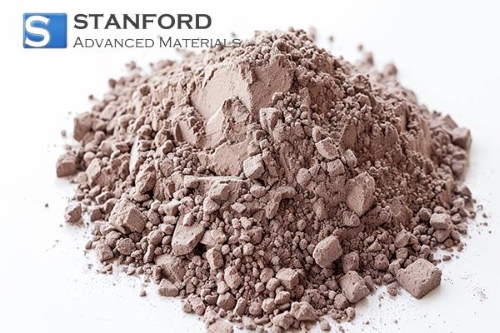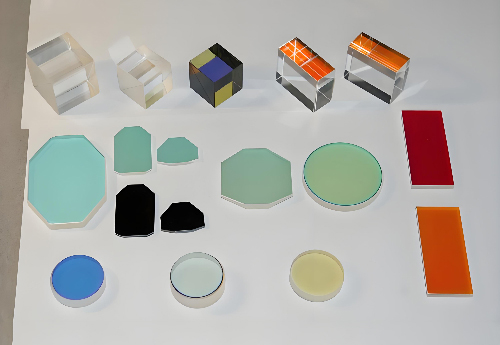Muffle Furnaces: High-Temperature Materials over 1800°C
Introduction
A muffle furnace is a key tool used in many industries and labs for high temperature heat treatments. It heats materials in a clean, controlled environment without direct contact with the heat source. These furnaces are popular because they can keep temperatures steady and are useful for a variety of tasks. This article will explain what a muffle furnace is, its main parts, and how it is typically used.
What is a Muffle Furnace?
A muffle furnace is a high-temperature oven that heats materials in an insulated chamber without direct exposure to the heat source. Traditionally, muffle furnaces used combustion to generate heat, but modern versions use electric heating elements embedded in the walls of the furnace. These elements allow for more precise control of the heating process, making the furnace ideal for various high-temperature applications.
Related reading: Introduction to Heating Furnace: Principle, Types & Applications
What is the Key Part of a Muffle Furnace?
--The Insulated Chamber
The key component of a muffle furnace is its insulated chamber or muffle. The insulated chamber isolates the materials being processed from the heating elements, allowing for indirect heating and preventing contamination. The chamber is typically made from high temperature materials designed for durability and insulation.
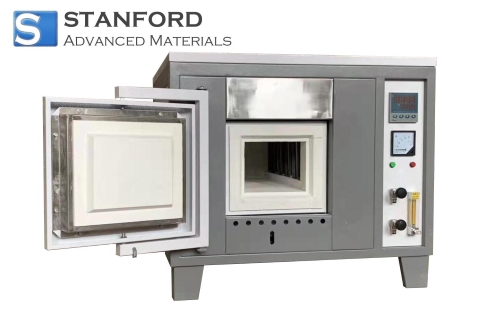
Common materials used include:
- Ceramics:
Ceramics are useful in the construction of insulated chambers. Ceramic materials, such as alumina (aluminum oxide) or zirconia (zirconium oxide), are known for their thermal stability, chemical inertness, and resistance to wear. These properties make ceramics ideal for withstanding prolonged exposure to high heat while also minimizing the risk of contamination in sensitive processes.
- Refractory Bricks:
Refractory bricks are another common choice for the construction of the insulated chamber. These bricks are specially designed to handle high temperatures, often exceeding 1800°C, without cracking or losing structural integrity. Refractory materials are typically made from compounds such as alumina, silica, or magnesium oxide.These bricks help keep the heat inside the chamber while reducing energy consumption.
- Additional Insulation Materials:
In some advanced muffle furnace designs, additional insulation materials such as fiber blankets or insulating boards may be used to further enhance thermal efficiency.
--Heating Elements
Heating elements are responsible for generating and maintaining high temperatures required for various industrial and laboratory processes. In modern muffle furnaces, these heating elements are typically electric and embedded within the furnace walls, providing uniform and precise heat distribution throughout the insulated chamber.
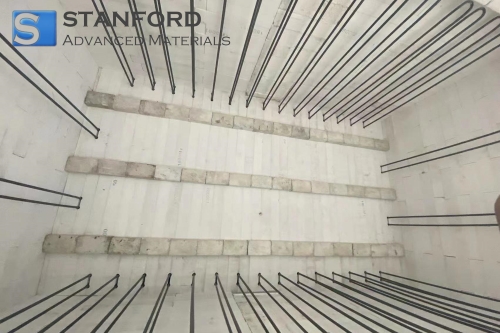
Common Materials Used for Heating Elements:
- Kanthal (Iron-Chromium-Aluminum Alloy):
Kanthal is a popular material for muffle furnace heating elements. This ferritic iron-chromium-aluminum (FeCrAl) alloy can withstand high temperatures up to approximately 1400°C. Also, it can form a protective aluminum oxide layer on its surface when heated, which prevents further oxidation and degradation, thus extending the life of the element.
- Silicon Carbide (SiC):
Silicon carbide is another material commonly used in muffle furnace heating elements, particularly in applications requiring temperatures up to 1600°C. SiC heating elements are known for their excellent thermal conductivity, which allows them to transfer heat efficiently to the furnace chamber. Additionally, SiC heating elements are highly resistant to oxidation and corrosion.
- Molybdenum Disilicide (MoSi2):
Molybdenum disilicide is a high-performance material used in heating elements designed for extreme temperature applications, typically up to 1800°C or higher.MoSi2 elements are known for their ability to maintain structural integrity at high temperatures while resisting oxidation and degradation. Additionally, when heated, it forms a protective silica layer that helps prevent further oxidation.
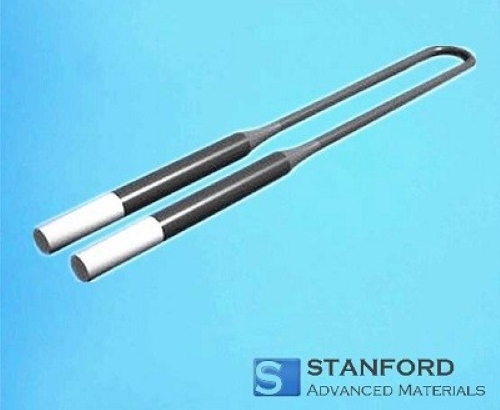
- Additional Heating Element Materials:
Some specialized muffle furnaces may use other advanced materials for heating elements, such as graphite for applications requiring extremely high temperatures (above 2000°C) or nichrome (a nickel-chromium alloy) for lower temperature ranges and cost-sensitive applications.
Where to Use a Muffle Furnace?
Muffle furnaces have diverse applications. Some common uses include:
- They are commonly used for heat treatment of metals and ceramics, modifying their properties through controlled heating and cooling cycles.
- In chemical analysis, they are used for ashing to measure inorganic content.
- Muffle furnaces also perform calcination, decomposing compounds like limestone at high temperatures.
- Industries like aerospace and electronics rely on them for thermal testing to assess material behavior under stress.
- Additionally, they are essential for sintering, annealing, and growing crystals for various high-tech applications.
How to Get a Reliable Supplier of Muffle Furnaces?
Finding a reliable supplier for a muffle furnace is key to the efficiency, safety, and longevity of the equipment. Below are some factors:
- Reputation and Experience: Choose suppliers with a proven track record. Stanford Advanced Materials (SAM) has nearly two decades of experience, offering over 3,000 advanced materials to various industries.
- Custom Options: Industries have specific requirements. Stanford Advanced Materials provides customizable muffle furnaces, whether for small lab tests or large industrial processes.
- Material Quality: The performance of a furnace depends on its materials. SAM offers furnaces with Molybdenum Disilicide heating elements and Zirconia insulated chambers, capable of handling temperatures over 1800°C.
- Technical Support and Maintenance: Reliable suppliers should offer full support. Stanford Advanced Materials provides expert services in machining, cutting, microfabrication, and custom manufacturing for a range of materials and components.
Conclusion
Muffle furnaces play a critical role in high-temperature processing across industries, from heat treating metals to performing delicate laboratory tests. Understanding their key components, like the insulated chamber and heating elements, is essential when choosing the right furnace for your needs. Equally important is selecting a reliable supplier that can offer customization options, technical support, and high-quality materials to ensure the furnace meets your operational requirements. By focusing on these aspects, you can secure a muffle furnace that delivers long-term value and consistent performance for your applications.

